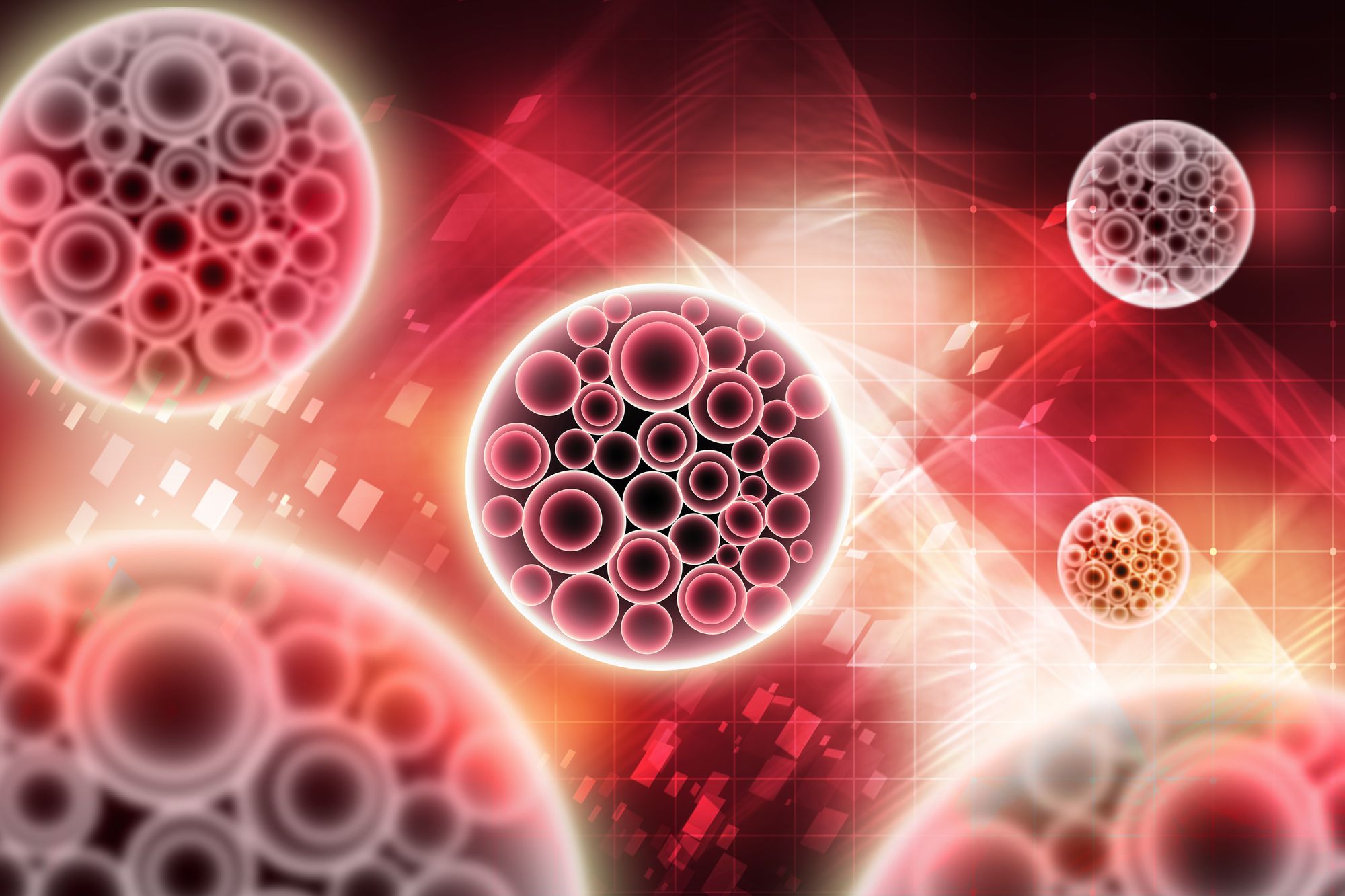Embarking on a journey to shed those extra pounds can be a daunting task, and if you've faced hurdles along the way, you're certainly not alone. In 2022, data from the International Food Information Council revealed that 52% of U.S. adults aged 18 to 34 made attempts at dieting. While the battle against stubborn belly fat may seem like an uphill struggle, gaining insight into the underlying challenges is the first crucial step to achieving a slimmer waistline. That's why we consulted with Destini Moody, RDN, CSSD, LD, a registered dietitian and sports dietitian from Garage Gym Reviews, to uncover the five primary reasons behind the difficulty of shedding inches from your waist. Furthermore, she offers actionable solutions and valuable advice to help you overcome these obstacles.
If you're eager to sculpt a trimmer waist and gain a deeper understanding of the hurdles involved in losing inches, read on.
1) Alcohol Consumption

Indulging in an occasional drink here and there is completely acceptable, but it's essential to be mindful of the calorie density of alcoholic beverages. Research has shown that even moderate alcohol consumption can impede your progress in shedding inches from your waistline, potentially leading to a larger abdominal area.
Alcohol affects your metabolism in various ways, such as increasing your appetite, disrupting the proper metabolism and storage of nutrients, and introducing excess empty calories into your diet," notes Moody. "The swift accumulation of fat, often associated with excessive drinking, tends to accumulate in the midsection. If this pattern is left unchecked, you may encounter challenges when trying to lose abdominal fat and maintain its reduction."
According to the 2020-2025 Dietary Guidelines for Americans, when you do decide to consume alcohol on occasion, it's advisable to restrict alcoholic intake to no more than two drinks for men and one drink for women.
2) Gender

Research indicates that men tend to accumulate fat in their abdominal region more than pre-menopausal women, primarily due to hormonal disparities. Conversely, women often grapple with fat buildup in their hips and thighs. Grasping these gender-specific tendencies can assist in establishing practical objectives and optimizing weight loss strategies.
Testosterone, a hormone known for its unique ability to help preserve muscle mass and minimize body fat, plays a pivotal role in this phenomenon," Moody explains. "Given that men naturally possess higher testosterone levels than women, it's logical why they often find it easier to shed belly fat compared to women. Additionally, women require a certain level of body fat to sustain hormonal balance, as excessively low-fat levels can lead to disruptions in estrogen and menstrual cycles. Consequently, women's bodies tend to retain fat mass as a survival mechanism and to maintain equilibrium, which includes fat accumulation in the abdominal area.
3) Embracing the Concept of Spot Reduction

The notion of spot reduction, the belief that you can target and eliminate fat from specific areas through focused exercises, is a common misconception. Unfortunately, endlessly doing crunches won't magically make your belly fat vanish. Weight loss and fat reduction are comprehensive processes that impact your entire body.
While exercises targeting your core can help tone your muscles, they alone won't dissolve fat from your waistline. Instead, it's advisable to adopt a holistic approach that integrates cardiovascular workouts, strength training, and a balanced diet to achieve the desired weight loss results.
Moody emphasizes, "Many individuals mistakenly think that they can reduce body fat solely by performing numerous abdominal exercises. This misconception often leads to disappointment when their waistline doesn't seem to shrink. It's important to recognize that effective fat loss requires a full-body workout regimen and a sensible dietary plan, impacting your entire body. Even if you shed a significant amount of overall body fat, it's common for belly fat to be the last to diminish, which can be frustrating for those wondering why it's so persistent.
4) Insulin Resistance

If you're dealing with insulin resistance, a condition characterized by poor cell responsiveness to insulin, it can result in an accumulation of sugar in your bloodstream, especially in the abdominal region, leading to fat storage. Numerous studies have linked increased insulin resistance to the development of abdominal weight gain. To address this issue, prioritize a diet that promotes blood sugar regulation, including foods like fruits, whole grains, and vegetables, and maintain a regular exercise routine.
Moody explains, "Insulin plays a vital role in directing our blood sugar molecules to their energy destination. However, when the body becomes resistant to insulin's effects, these molecules have nowhere to go, compelling the body to store them as fat, often in the abdominal area. Lifestyle changes such as adopting a healthier diet and engaging in regular exercise can help improve insulin resistance. Nevertheless, depending on its severity, it can pose significant challenges when trying to shed belly fat.
5) Genetics

Genetics can wield significant influence over the distribution of body fat. Some individuals are genetically predisposed to store excess weight around their waistline. A study even revealed that genetics can account for 56% of abdominal belly fat and 42% of subcutaneous fat. While your genetic makeup remains beyond your control, comprehending this aspect can empower you to tailor your weight loss strategy.
Moody elaborates, "One's ethnicity and lineage can not only impact the amount of fat they carry but also its storage locations. Ultimately, it boils down to the receptors present in your fat tissue, a trait significantly influenced by genetics. Catecholamines, chemical compounds responsible for fat 'burning' to produce energy, interact with two types of receptors within fat cells: alpha-2 and beta-2. The higher the number of beta receptors in a fat cell, the easier it is for catecholamines to attach and initiate fat burning. The challenge lies in the fact that 'stubborn' belly fat tends to possess more alpha receptors than beta receptors. This makes it more resistant to the body's fat-burning efforts, with genetics playing a substantial role in the number of receptors one has.

